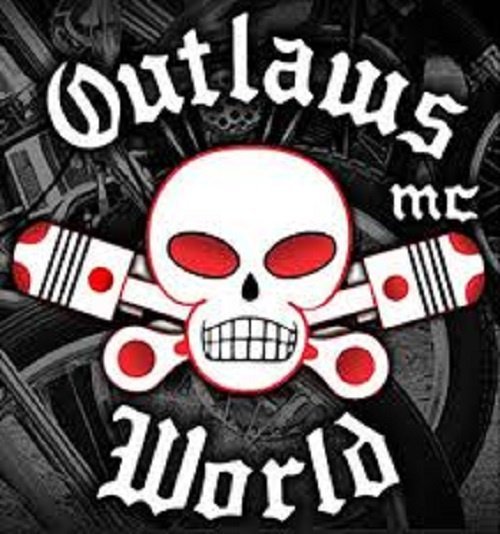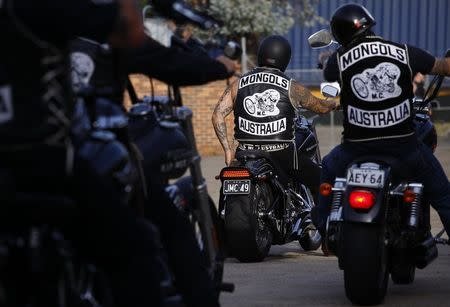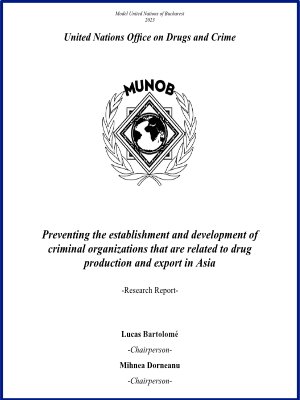By The Venezuela Investigative Unit
The blood streamed down Eduardo Labrador’s face and splattered across his shirt. “Film me! Film me!” he shouted at the journalist who had come to check on him. As he addressed the camera, he was defiant, angry even. Today, he said, they had come out to defend democracy in Venezuela. And this was the result.
One year later, he grasped for an analogy for what it felt like to be beaten. “I don’t know if you’ve ever experienced an explosion, you feel it there, so close to your ears — Boom! For hours I heard that boom in my ears,” he told InSight Crime.
The image of Labrador, blood-streaked and indignant, shattered the façade of an orderly and peaceful election that the Venezuelan government had been desperate to present to the world.
Labrador had been attacked by armed men as he tried to carry out his duties as the campaign director for the political opposition during local and regional elections in November 2021. The assault, he says, was part of a premeditated campaign of voter intimidation in the municipality of San Francisco in the northwestern state of Zulia. And behind that campaign, he alleged, was Zulia’s then-governor Omar Prieto.
Labrador had witnessed Prieto’s rise firsthand as a political ally within the ruling United Socialist Party of Venezuela (Partido Socialista Unido de Venezuela – PSUV) and member of his cabinet. He was often seen as Prieto’s right-hand man.
But over time, Labrador watched the socialist project he had once believed in descend into what another former high-level PSUV insider described to InSight Crime as “a project of crime in power.”
That project saw Prieto and his cronies carry out extortion, embezzlement, theft, and smuggling rackets from within the state, while deploying a criminalized police force as a private militia to protect their interests.
It was a project very much of that moment in Venezuela’s history.
When Prieto became governor in 2017, Venezuela was on the brink of economic collapse, and President Nicolás Maduro was under political siege. Desperate to maintain the loyalty of a fractured PSUV, underpaid security forces, and military and political elites unhappy with their dwindling corruption profits, Maduro granted territories to the different poles of power within the Chavista political movement. And then he gave them permission to squeeze whatever criminal profits they could from those territories.
Prieto was granted power in Zulia as a scion of the most important political faction within Chavismo outside of Maduro’s own network. And for the duration of his term, he pushed that permissiveness to its limits.
But by the time he was standing for reelection in 2021, that moment was beginning to pass. Venezuela had a measure of stability. Maduro’s presidency had survived, and his objectives were shifting. He wanted to reenter the international community both politically and economically. He wanted to consolidate his personal power and neuter his rivals within the PSUV. And he wanted to bring order to the mafia state that had grown up during the crisis.
Which is why Maduro invited international observers to monitor the 2021 elections, in the hopes that they would tell the world the elections were free and fair. And why even when it became clear the PSUV was going to lose Zulia, he made no intervention to help Prieto, who had overstepped the conventional limits on criminality and corruption.
Venezuela’s 2021 elections were problematic but largely peaceful. The violence in Zulia, which left one dead and three — including Labrador — injured, was a shocking exception. But it was entirely predictable. Prieto, the gangster governor, was never likely to go quietly.
Washington DC: InSight Crime, 2023. 39p.





















